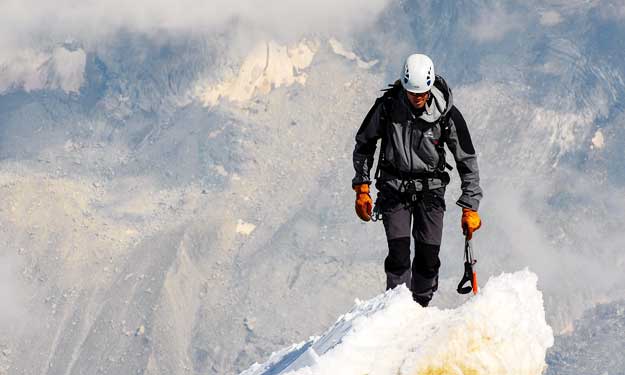Altitude Sickness
Also known as: Acute Mountain Sickness (AMS), Acute Altitude Sickness (AAS)
Altitude sickness commonly occurs among hikers, mountain climbers, skiers or travelers of high attitude (8,000+ feet). AAS is brought on by reduced air pressure and lower oxygen concentration that occurs in higher altitudes.
Altitude Scale
- HIGH-8,000-13,000 feet
- VERY HIGH-13,000-18,000 feet
- EXTREMELY HIGH-18,000+ feet
Symptoms of mountain sickness can range from mild to life threatening. Common symptoms of mild to moderate AMS include general malaise (discomfort, pain or uneasiness), difficulty sleeping, dizziness or lightheadedness, fatigue, headache, loss of appetite, nausea or vomiting, rapid pulse (heart rate), or shortness of breath with exertion.
More severe AMS symptoms tend to include bluish discoloration of the skin (cyanosis), chest tightness or congestion, confusion, cough, coughing up blood, decreased consciousness or withdrawal from social interaction, grey or pale complexion, inability to walk a straight line, or walk at all, and shortness of breath at rest.
A serious medical condition called high altitude pulmonary edema (HAPE) can occur after the second night spent in high altitudes, usually coming on quickly. Fluid builds up within the lungs, making breathing extremely difficult. If HAPE is left untreated, it will progress to respiratory collapse and ultimately to death.
Another serious medical concern in high altitudes is HACE (high altitude cerebral edema). Fluid builds up within the brain, rapidly deteriorating the mental state of the individual. As HACE progresses on and is left untreated, loss of coordination, coma, and finally, death can follow.
Natural Cures for Altitude Sickness
If you are struggling with altitude sickness, these natural cures can help with prevention.
Keep Hydrated
It is easy to become dehydrated at high altitudes. As the altitude increases, the air becomes thinner, meaning you have to work harder (breathe deeper and faster) to compensate for oxygen loss. Make sure to drink plenty of liquids to stay hydrated. Urine should be clear.
Acetaminophen
Research indicates that acetaminophen has fewer side effects than that of ibuprofen, making this commonly used pain reliever the best choice when dealing with altitude-induced headaches. Acetaminophen is preferred to ibuprofen because it does not cause gastrointestinal problems, like other NSAIDS (Non-steroidal anti-inflammatory drugs).
Gingko Biloba
This herbal supplement works wonders with altitude sickness. Renowned for eliminating the symptoms and effects of AMS, it also enhances circulation in the body and delivers more oxygen to the brain.
Stay Where You Are!
If you are exhibiting mild symptoms, it is best to stay where you’re at until the symptoms have passed.
Other Ways to Help or Prevent Altitude Sickness
- Avoid smoking
- Avoid alcohol
- Ascend gradually
- Don’t overexert yourself
- Take breaks while climbing
- Chew on ginger candies
If you take medications, consult your doctor before making a high altitude climb or trip.



